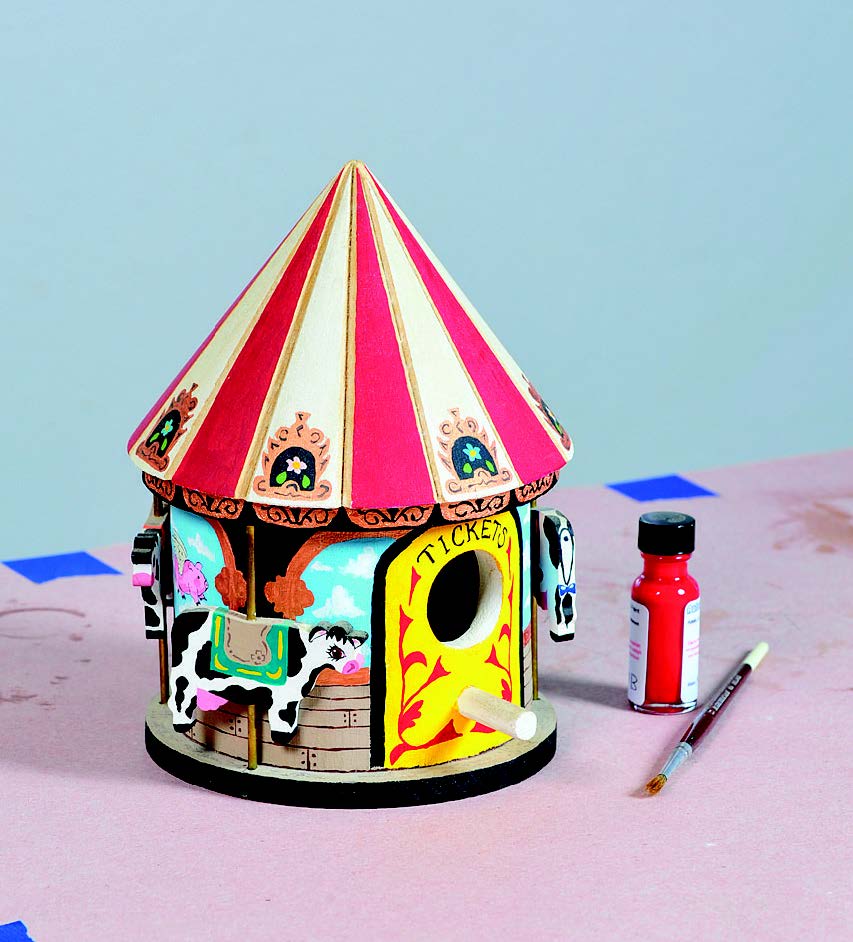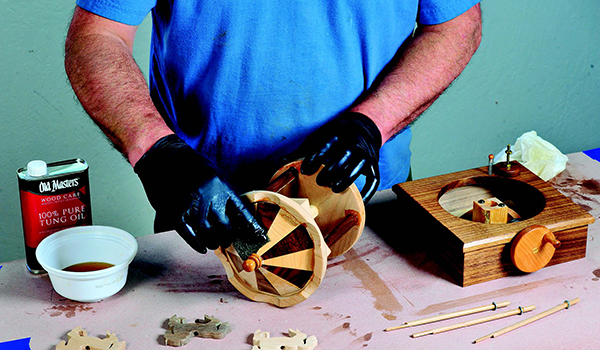
Whether you prefer clear or colored coatings, you’ll want a finish that is safe, simple, and swift for the variety of ornaments and gifts you make in the fall. After all, the holidays always seem to creep up faster than they should, and there’s barely time to finish the project, much less apply a finish.
Here are some options that should make the season’s work go more smoothly. But first, a word about safety.
Safe Finishes
Although most finishes contain toxic solvents while liquid, the ones I’m suggesting here are safe after they dry. That goes for food contact items and pretty much everything else. Shellac is edible, as is mineral oil, which woodworkers typically use on cutting boards. Most everything else dries to an inert plastic film. Even drying oils, like boiled linseed and tung oil, form a stable film, albeit more slowly.
Before you ask, yes, there was a flap in 2007 concerning toys being recalled for having lead in the paint. However, they were all traced to China. Here in the U.S., we removed lead from our paints in 1978, so even if you use wall paint for stain or coloring, you’re not adding lead.
Clear Coatings
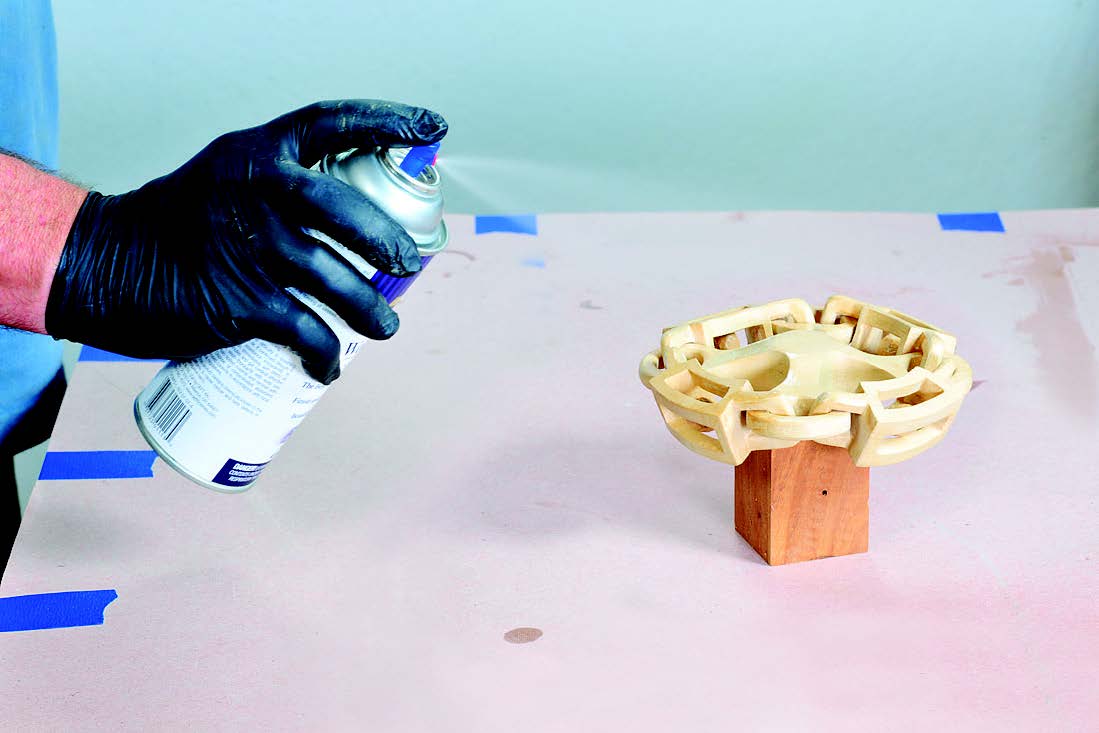
Shellac, lacquer and water-based coatings are all very fast-drying and easy to use, so they are great options. Shellac and lacquer will add some amber tint to the wood, which can be quite attractive, but water-based coatings usually are completely clear. That means they won’t yellow even the lightest colored woods.
Any of these coatings can go over wood stains and dyes to act as a clear sealer. However, crystal clear water-based coatings are best over paint because they won’t tint the colors underneath.
Dyes
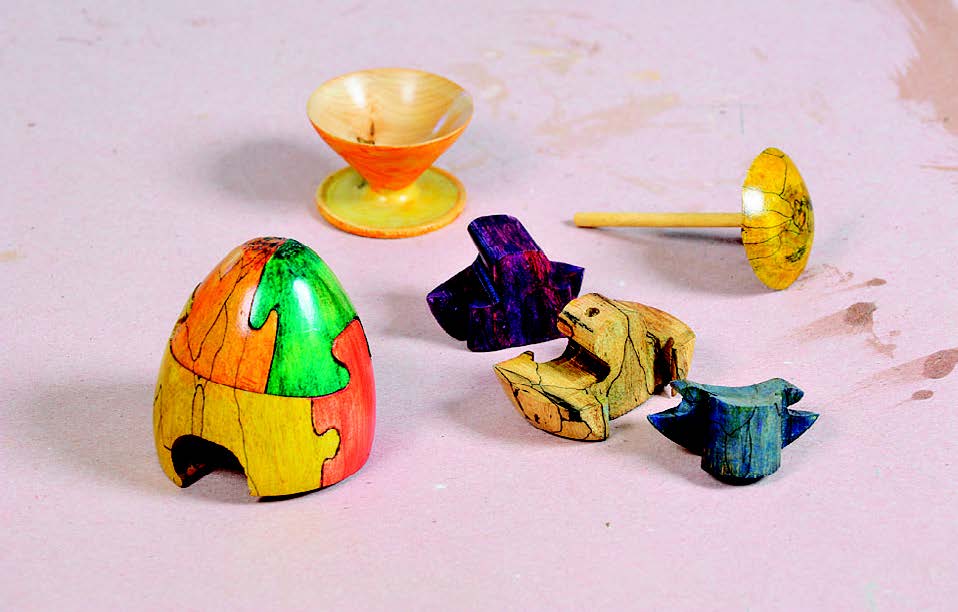
For bright, translucent, see-through colors on wood, dyes are just the ticket. They are easy to use, and if you mix them in either water or alcohol, they dry very fast. You’ll find dyes sold as mixable powders, as liquid concentrates and as premixed dye stains you can use right out of the can.
Flood them on or dip small parts into the liquid dye solution, then wipe them off completely right away. Leave only what the wood has absorbed.
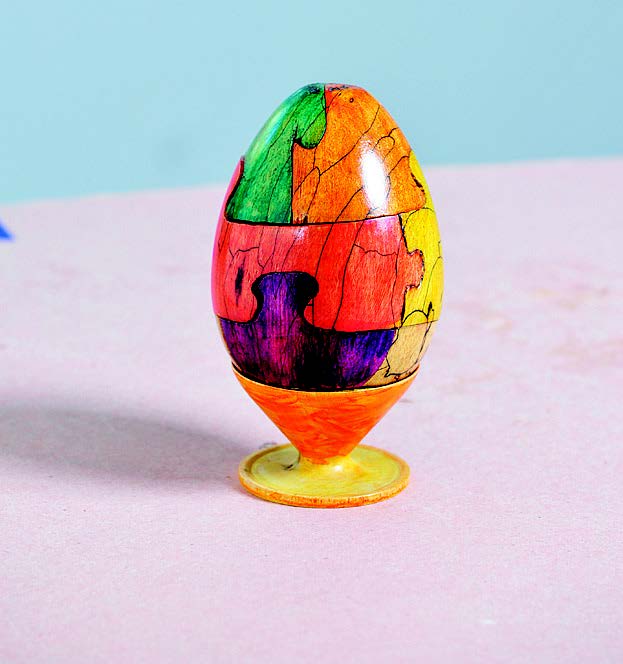
Because dyes can dissolve again even after they dry, it’s best to seal them with a clear finish. Fortunately, any finish will go over a dried dye, and even one coat will do the job. If you simply can’t top coat, use alcohol-soluble dye with some shellac stirred in. The shellac will lock in the dye.
There is one exception. Some premixed or ready-to-use dye stains contain a binder, which means you would not need to seal them after use. If you are not sure what you have, seal it anyway. It can’t hurt, and it’s good insurance.
Paint
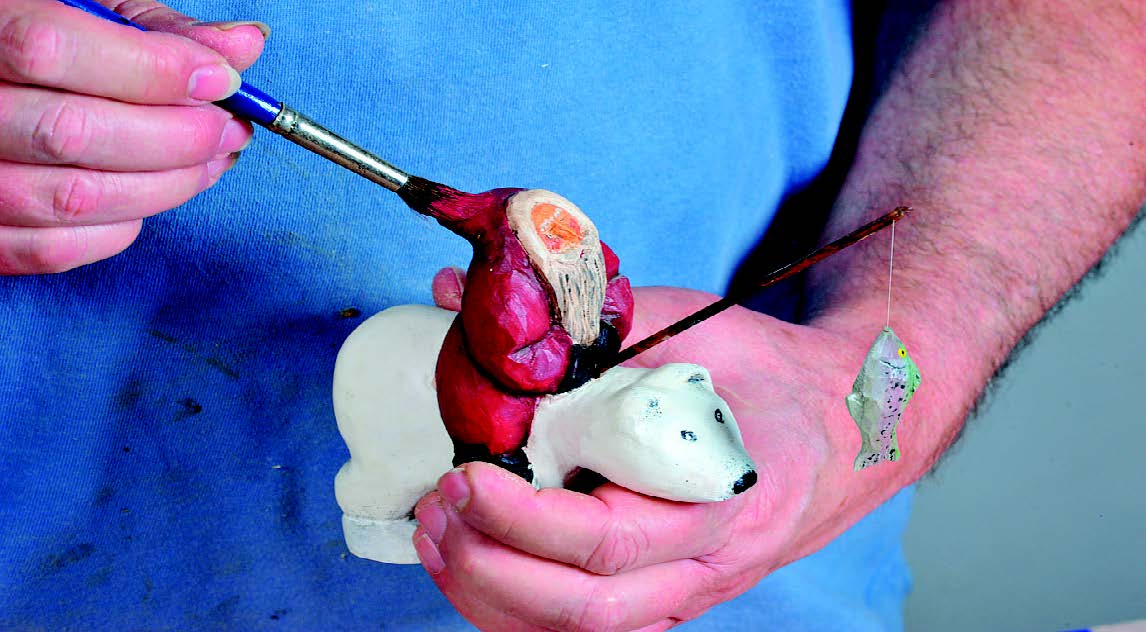
When it comes to versatility, water-based paint is king. Hit the shelves of your local hobby shop and you’ll find a vast array of acrylic craft paints in two-ounce squeeze bottles.
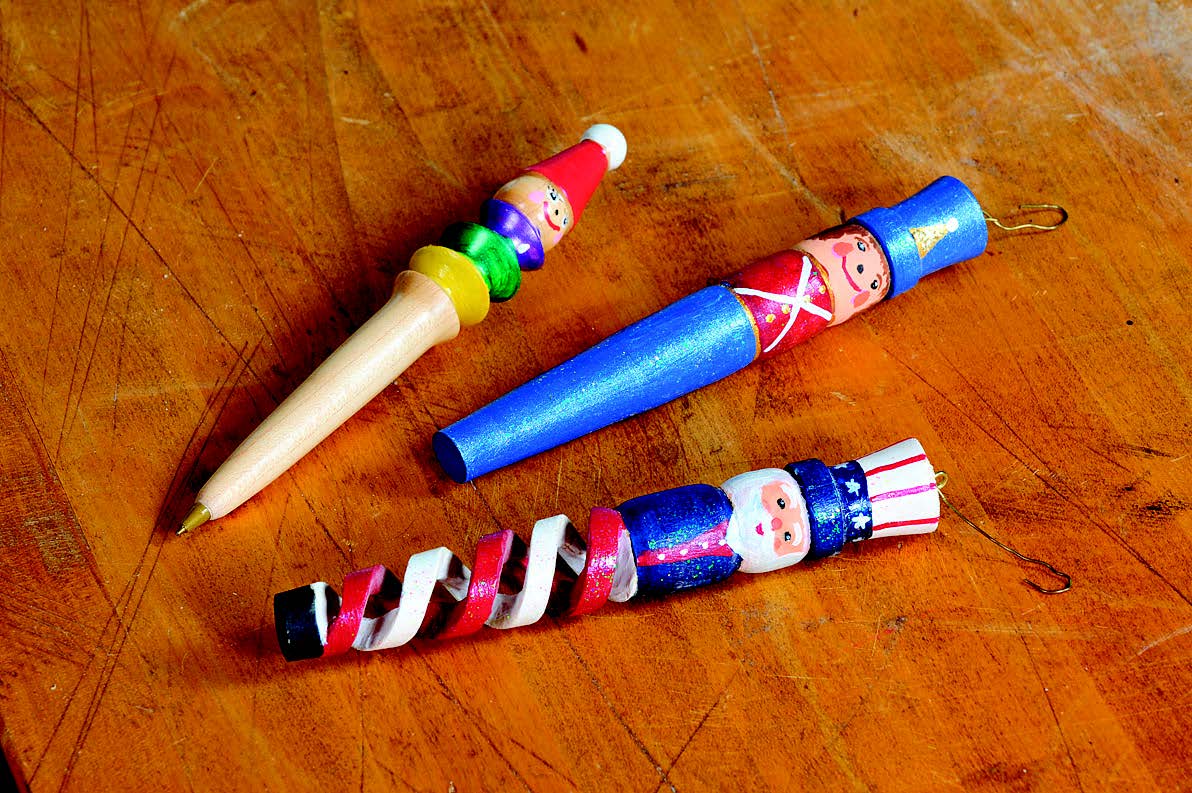
Not only are they available in every color imaginable, but also in metallics, glow-in-the-dark, neon and exterior versions.
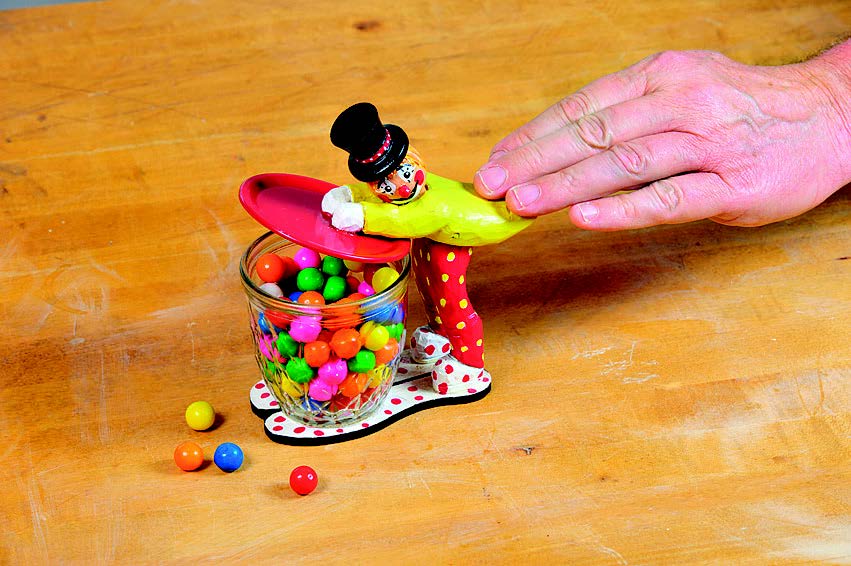
No craft store nearby? Visit your favorite paint or home store. Both interior and exterior paints are fair game, and you can get a quart or gallon mixed to any custom color.
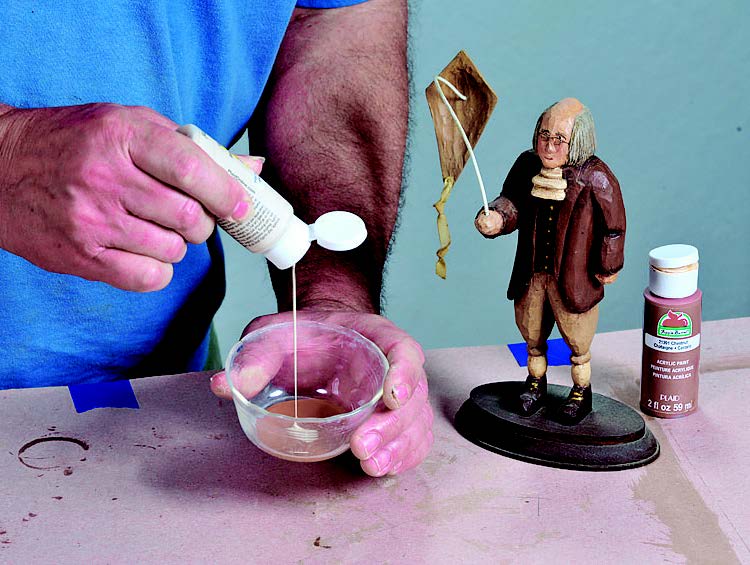
Many stores even offer 8 oz. sample jars, also available in custom colors, for about $3.50, which, ounce for ounce, is decidedly cheaper than small bottles of craft paints.
Stain from Paint
Use paint straight from the container to apply bright, festive colors to any wood or to turn any water-based paint into a pigment stain. It’s easy: just reduce the paint by stirring in some water, anywhere from 10% to 50%, depending on the color you have and how rich a stain you want. Treat it just like any pigmented stain: apply it liberally, then wipe off as much or as little as you need to get the look you want.
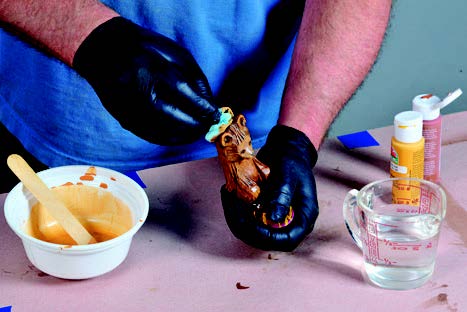
Once it is dry, seal the stain with a coat or two of clear, water-based polyurethane to both preserve the color and add a bit of protection. Grab a can from your finishing shelf and brush it on, apply it with your favorite spray gun, or pick up an aerosol can of the same finish for quick and easy spray application with no gun cleanup needed.
Oils
Though they don’t dry nearly as fast, many woodworkers like the ease and beauty of oils, especially on things like cutting boards and for dipping small parts. There are two distinct types: drying oils and non-drying oils.
Walnut oil, raw or boiled linseed oil, tung oil, and even Danish oil are all drying oils and will all form a film, though they dry at different rates. If you prefer non-drying oil, stick to mineral oil and avoid cooking oils (olive, corn, canola, etc.) as they can turn rancid in time. Be aware that, while mineral oil looks nice initially, it will come off after being scrubbed a few times with soap and water.
With all oils, the technique is the same. Either dip the part or flood the oil on liberally, let it sit and soak in for 10 or 15 minutes, then wipe off whatever has not been absorbed. As with all finishes, oils will dry faster in hotter air, so find somewhere warm and toasty to set the parts while they are drying.
Danish oil, which is actually a thin varnish, will dry overnight. Boiled linseed oil or tung oil will take two or three days, while raw linseed oil will take at least a week. Walnut oil, a poor choice in my opinion, may take a month or more, and it could cause problems for those with nut allergies.
